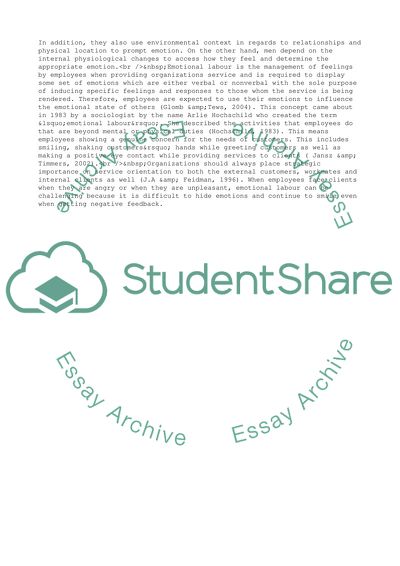Cite this document
(“Emotional Labour Essay Example | Topics and Well Written Essays - 2500 words - 1”, n.d.)
Retrieved from https://studentshare.org/management/1691453-emotional-labour
Retrieved from https://studentshare.org/management/1691453-emotional-labour
(Emotional Labour Essay Example | Topics and Well Written Essays - 2500 Words - 1)
https://studentshare.org/management/1691453-emotional-labour.
https://studentshare.org/management/1691453-emotional-labour.
“Emotional Labour Essay Example | Topics and Well Written Essays - 2500 Words - 1”, n.d. https://studentshare.org/management/1691453-emotional-labour.


